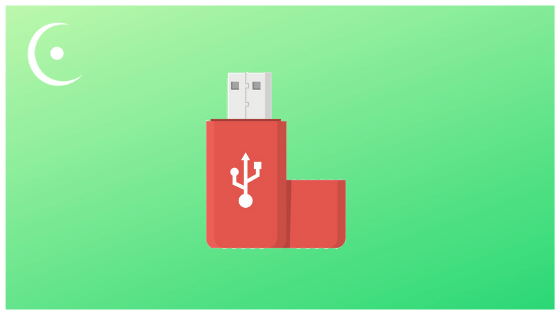You can have every security essential at your disposal: firewall, remote backups, disaster recovery, anti-virus; but your employees will still be the biggest risk to your cybersecurity if they’re not up to speed. How then do you mitigate risk as much as possible?

- Create and Strictly Enforce a Password Policy: Passwords should be complex, randomly generated, and replaced regularly. In order to test the strength of your password go to this site. When creating a password policy, bear in mind that the most prevalent attacks are Dictionary attacks. Most people utilize real words for their passwords. Hackers will typically try all words before trying a brute force attack. Instead of words, use a combination of letters, numbers, and symbols. The longer the password, the stronger it is. While it’s difficult to remember passwords across different platforms, try not to repeat passwords. This will protect all other accounts in the event of a breach on one of your accounts.
- Train and Test Your Employees Regularly: Educate your employees on how they can spot a phishing attack. Then, utilize penetration testing (a safe phishing attack orchestrated by your IT company to see how employees respond) to see how well they do. If employees fall for phishing attempts, send them through training again. We recommend doing this on a quarterly basis to ensure that your employees stay on their toes, and you always provide education on the latest attacks.
- Create a Bring Your Own Device Policy: You can safeguard as much as humanly possible on your network, but your employees are all walking in with a cell phone. Are they allowed to get emails on these phones? What about gaining access to the network remotely? Cell phones create a big black hole in security without proper mobile device management and mobile security.
- Perform Software Updates Regularly: Make sure that your software is up-to-date with all the latest security patches. Holding off on updates means that you’re leaving yourself open to vulnerabilities that have been discovered and addressed.
- Invest in Security: Security is not something for cost savings. Home-based hardware is not sufficient, and you at the very least need a quality firewall and backup device. Invest in your employee’s training, ongoing security updates, and maintaining a full crisis/breach plan.
